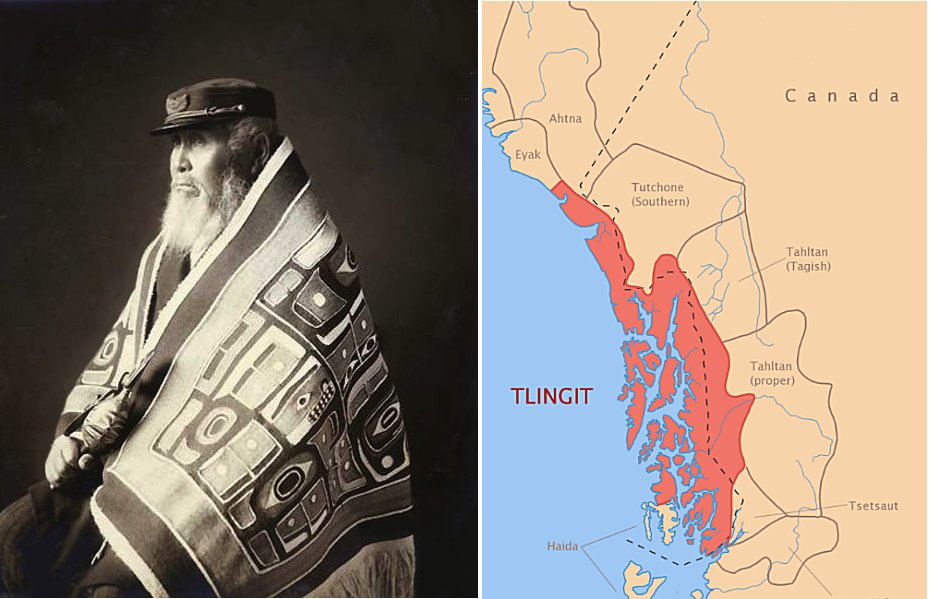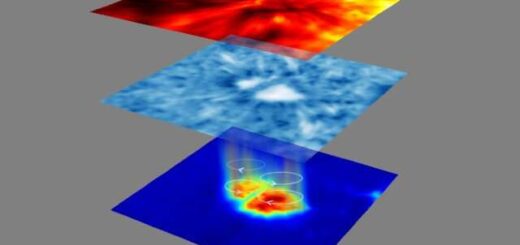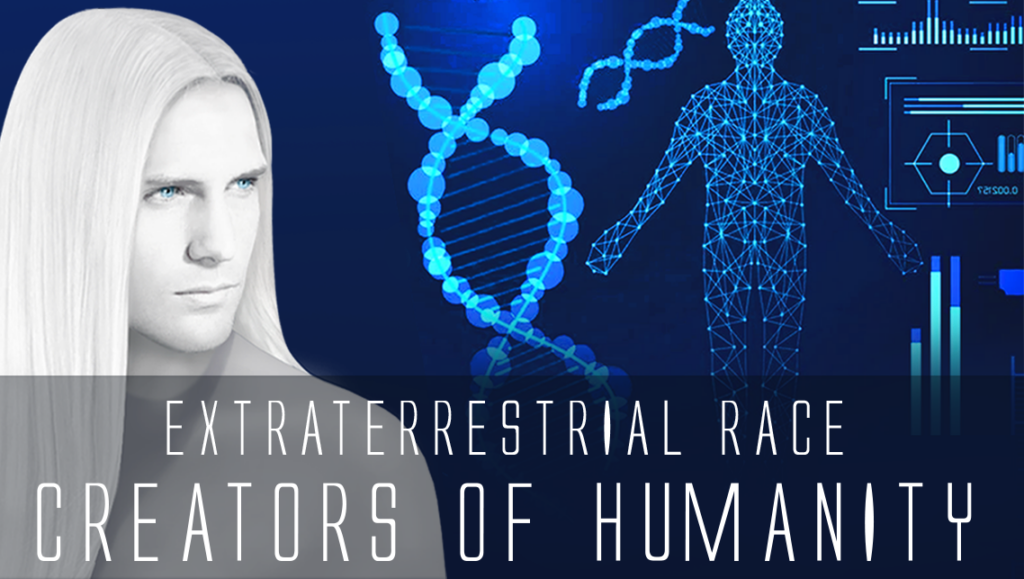10,000 Years Of Genetic Continuity In Northwest North America – New Study
A new study of the DNA reveals that the indigenous groups living today in the region of southern Alaska, are descendants of the first humans who came to northwest North America more than 10,000 years ago.
Researchers collected DNA from the 10,300-year-old remains of Shuká Káa (Tlingit for “Man Before Us”), an early human specimen recovered from a cave located in southern Alaska, coastal British Columbia.

“Our analysis suggests that this is the same population living in this part of the world over time, so we have genetic continuity from 10,000 years ago to the present,” University of Illinois anthropology professor Ripan Malhi, who led the study, said in a press release.
Additionally, researchers analyzed the genomes of three more individuals from the nearby coast of British Columbia whose remains date to between 6,075 and 1,750 years ago and then, compared the results.
“The data suggest that there were multiple genetic lineages in the Americas from at least 10,300 years ago,” Malhi said.
The descendants of some of those lineages are still living in the same region today, and a few are co-authors on the new study.
“We supported DNA testing of Shuká Káa because we believed science ultimately would agree with what our oral traditions have always said — that we have lived in southeast Alaska since time immemorial,” according to Rosita Worl, an anthropologist and the director of the Sealaska Heritage Institute in Juneau, Alaska.
“The initial analysis showed the young man was native, and now further studies are showing that our ancestral lineage stems from the first initial peopling of the region,” Worl added.
The findings are published in the Proceedings of the National Academy of Sciences.



 Creators of mankind
Creators of mankind Description of “Tall white aliens”
Description of “Tall white aliens” Where they came from?
Where they came from? About hostile civilizations
About hostile civilizations The war for the Earth
The war for the Earth “Tall white aliens” about eternal life
“Tall white aliens” about eternal life Video: “Nordic aliens”
Video: “Nordic aliens” Aliens
Aliens Alien encounters
Alien encounters The aliens base
The aliens base UFO
UFO Technology UFO
Technology UFO Underground civilization
Underground civilization Ancient alien artifacts
Ancient alien artifacts Military and UFO
Military and UFO Mysteries and hypotheses
Mysteries and hypotheses Scientific facts
Scientific facts


















